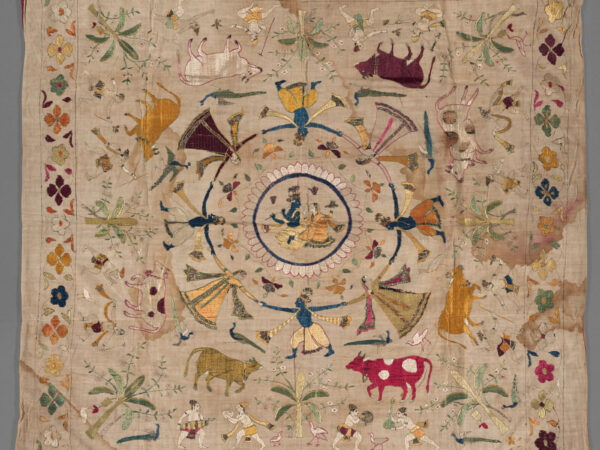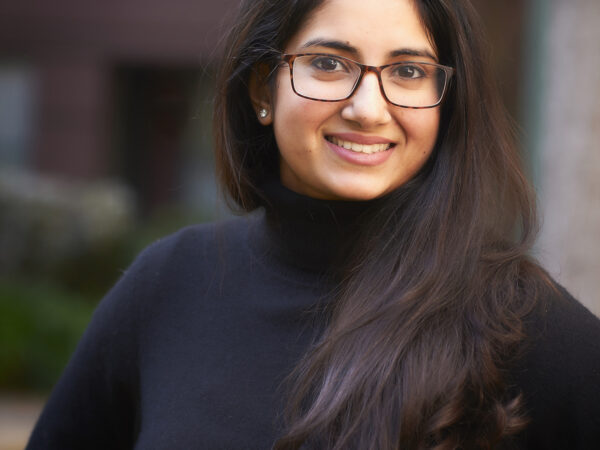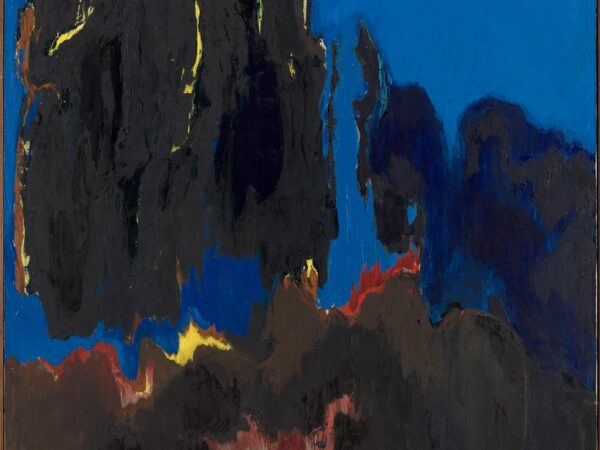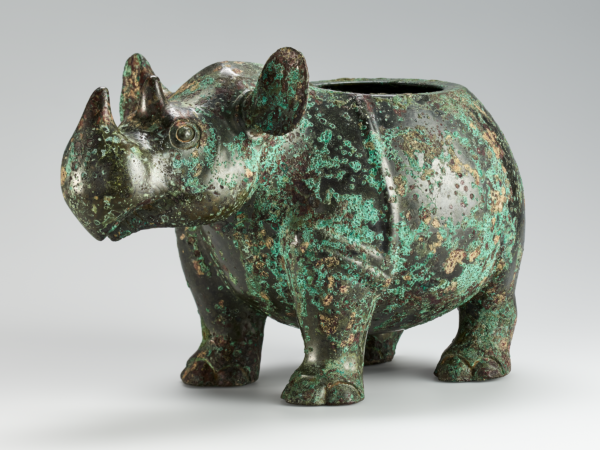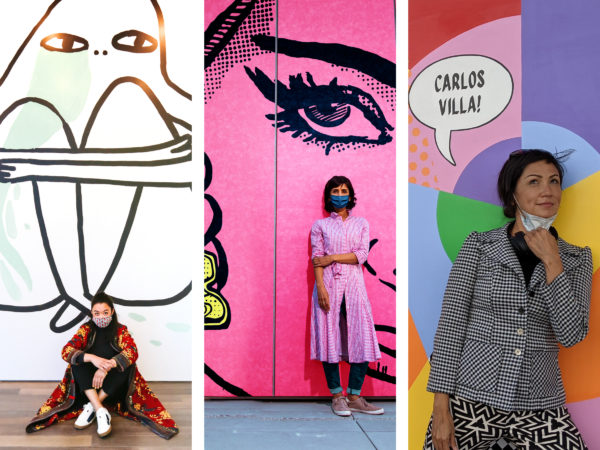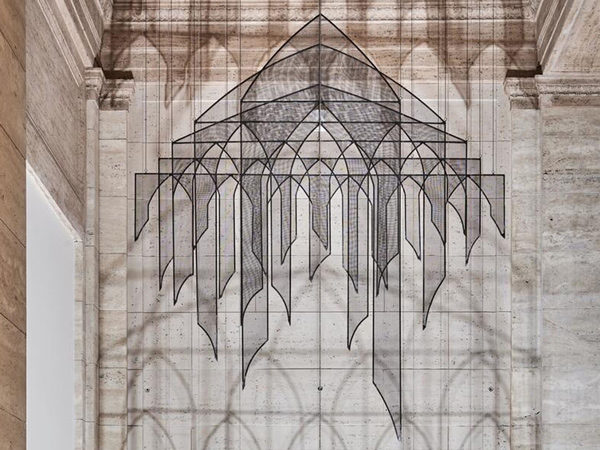Activity
Seated Buddha, 200–300

Seated Buddha, 200–300
Who is depicted here?
This is an image of the preaching Buddha. He is seated in a full lotus position on a dais or throne, portions of which can be seen in the corners of the statue. Two smaller figures below the throne are shown in a position of reverence.
How do we recognize the Buddha?
As a result of his enlightenment, the historical prince Siddhartha Gautama became the Buddha (the enlightened one), and thereafter acquired various marks (lakshana) that identify him as the Buddha. These markings became formalized over several centuries as sculptors refined the image of the Buddha and adapted that image to local cultures.
One of these marks is the wisdom bump or protuberance on the head. The Buddha’s hair is gathered in a top knot, in keeping with the fashion of the times and similar to the way ascetics (spiritual people who renounce the comforts of material life) gather their hair in India even today. The depiction of the top knot in sculpture became more formalized over time as a bump, and the hair developed into tiny stylized curls. Another mark is the urna, a tuft of hair between the eyebrows. The Buddha’s earlobes are extended in reference to the heavy jewelry he wore previously as a prince. He wears a simple monk’s robe, in keeping with his spiritual purpose, and sits in a lotus position. If his hands were lying flat in his lap, he would be meditating, but in this sculpture his hands are raised in a teaching position. The Buddha is also identified as an exceptional person by the addition of a halo behind his head, which may have derived from a sun disk, and may also refer to the wheel of the Buddhist law, a symbol for the Buddha’s teachings.

